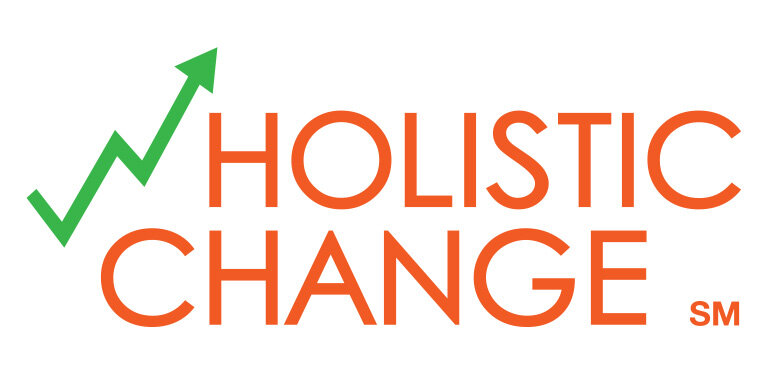My best friend is a world class developer. She values ensuring that her job skills stay current with evolutions in technology, and seeks employment where the company she works for will ensure her skills do not atrophy. In fact, she feels a negative incentive when working for companies who put her on projects that require her to learn proprietary software.When determining what the organization wants to accomplish, it is important to consider not only the case for change in terms of business value, but also what incentives and training will be offered to the employees as a part of them making the change:
- Individual level competencies:
- Is the organization going to establish certification programs that will enable individuals to develop industry standard marketable skills?
- Individual training could include PMI, Six Sigma, specific technology certifications, etc.
- Organizational level competencies:
As you are developing your deployment strategy and communication plan, you are going to need to answer the "WIIFM" question from your employees: "What's In It For Me?" Rick Brenner, a world-class business consultant, says “The underlying idea (of WIIFM) is that people are best motivated by self-interest. Many believe that whatever we’re trying to accomplish organizationally, people are most cooperative when they clearly understand the direct personal benefits that result from compliance or cooperation.”We at wHolistic ChangeSM 100% agree with Rick that an even better question to ask is WIIFU ("What's In It for Us," as an organization). This is the healthiest way to approach change, because it creates a dialogue between the employees and the customers, addressing the services, people, process, and technology changes that will move everyone toward the vision for the future. However we cannot lose sight of the fact that if our employees' incentives (annual bonus, merit increase, marketable skills, other compensation...) are not tied to actually changing their behavior, the change will not take hold.

